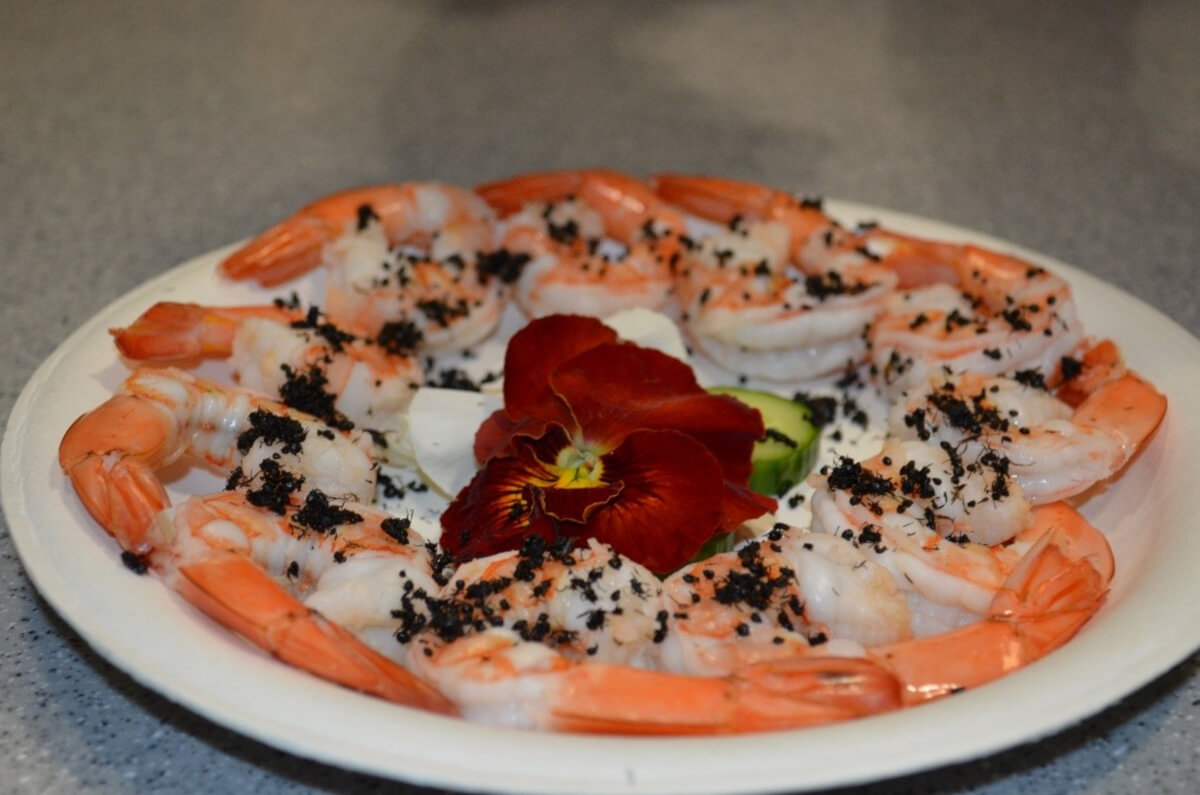NEW ORLEANS, La. — Instead of topping your ice cream sundae with sprinkles, how about some edible ants? In a radical twist on traditional cuisine, researchers have unveiled the unique and diverse flavor profiles of these tiny critters. They suggest these insects could be a tasty, nutritious, and eco-friendly addition to our diets.
Presented at the American Chemical Society (ACS) Spring 2024 meeting, this research delves into the flavors of four ant species, each offering a distinct taste experience, ranging from acidic and vinegary to nutty, sweet, and caramel-like.
“I’m interested in ants because I once led a summer field study in Oaxaca, Mexico,” says Changqi Liu, an associate professor of food science at San Diego State University, in a media release. “You can easily find different edible insects in the market there, just like other food ingredients.”
This curiosity led him and his team to investigate the flavor profiles of ants, a relatively unexplored area in food science. By understanding these flavors, the food industry could potentially enhance or mask these tastes in future products, making insects a more appealing option for consumers.
Using gas chromatography-mass spectrometry, a technique that identifies chemicals in a sample, the team analyzed the volatile compounds that contribute to the ants’ aromas. They encountered surprises along the way, including the discovery of ant pheromones, which humans are unable to smell, but also identified several compounds responsible for the ants’ distinct flavors.
The research highlighted how these 4 different ant species offer a variety of taste profiles:
- Common black ants: These ants emit an acidic, vinegary smell due to high formic acid content, a substance secreted from their venom glands.
- Chicatana ants: Lacking formic acid, these ants present a nutty, woody, and fatty aroma, attributed to aldehydes and pyrazines — the latter which is also found in cooked meats and bread.
- Weaver ants: These ants offer a nutty, sweet, and caramel-like aroma from pyrazines and pyrroles. However, some off-flavors were noted, resembling hay and urine due to high amine concentrations.
- Spiny ants: Studying these insects at different life stages, researchers noted the presence of formic acid in adults but not in pupae, reflecting developmental changes.
“If there are desirable flavors, scientists can investigate ways to promote their formation, and if there are undesirable flavors, they can find ways to eliminate or mask these odors,” says Liu.

This exploration into edible ants is part of a broader push towards sustainable food sources. Insects, as an alternative to traditional animal proteins, offer significant environmental benefits, producing fewer greenhouse gases and requiring less land and water. However, there are still challenges, such as consumer acceptance and the potential for allergic reactions, similar to those experienced with crustaceans and shellfish, due to common allergens like tropomyosin.
Despite these hurdles, the high nutritional value and lower environmental impact of edible insects make them an attractive option for the future of food. Prices currently remain high due to the novelty of insect farming, but as the industry grows, costs could decrease, making insects a more accessible protein source worldwide.
Liu and his team are optimistic about the potential of insects in culinary applications, aiming to demonstrate that these creatures can be both delicious and beneficial for the planet. By continuing their research into different ant species and processing methods, they hope to further unlock the gastronomic potential of insects, making them not just a sustainable choice, but a desirable one.
The study received funding from the U.S. Department of Agriculture and supported by San Diego State University.
